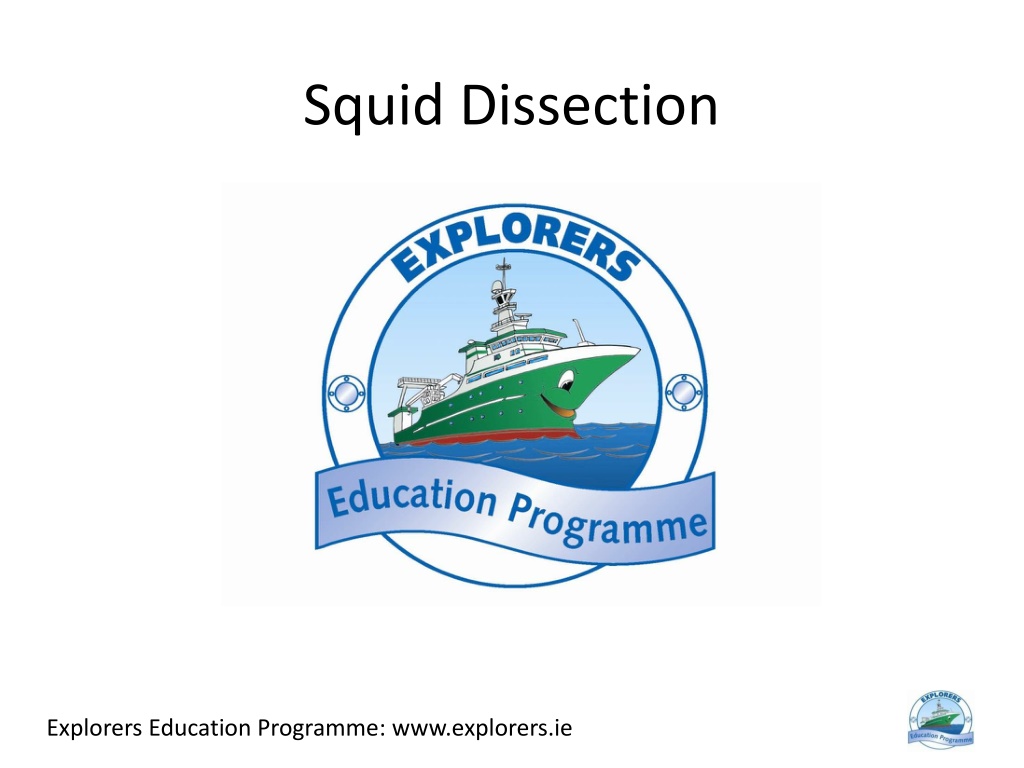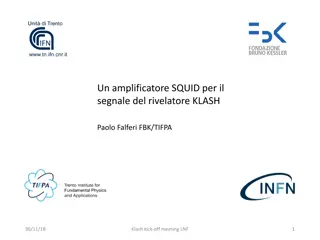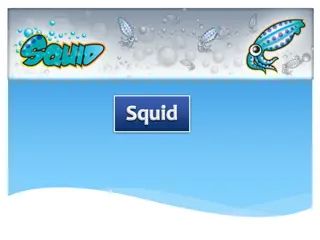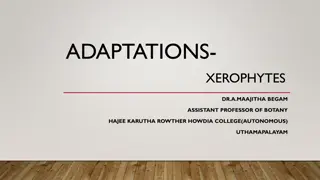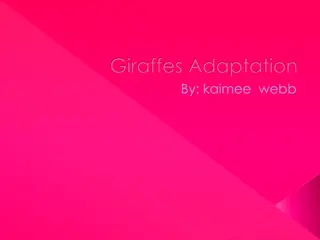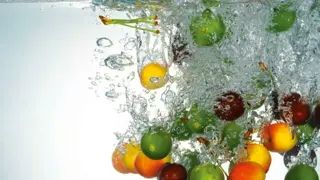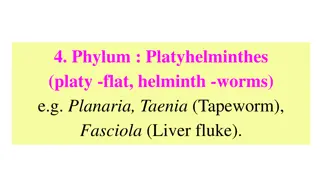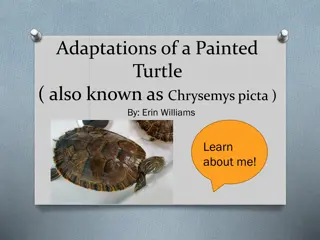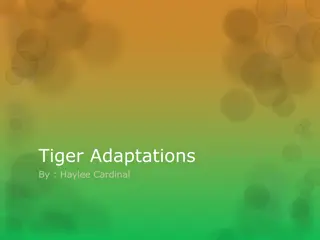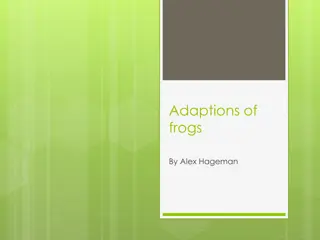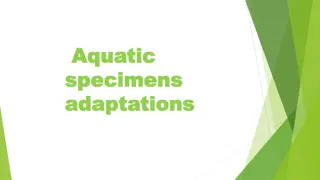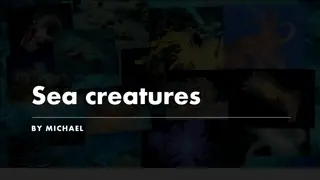Fascinating Facts About Squid and Their Unique Adaptations
Squid, part of the cephalopod family, possess remarkable abilities such as color-changing camouflage, jet-like swimming, and intricate feeding techniques. They use their large eyes for vision and employ various defense mechanisms like ink squirting. Explore the world of squid through this engaging educational programme.
Download Presentation

Please find below an Image/Link to download the presentation.
The content on the website is provided AS IS for your information and personal use only. It may not be sold, licensed, or shared on other websites without obtaining consent from the author. Download presentation by click this link. If you encounter any issues during the download, it is possible that the publisher has removed the file from their server.
E N D
Presentation Transcript
Squid Dissection Explorers Education Programme: www.explorers.ie
Basic Information Squid are part of the cephalopod family, which include octopus and cuttlefish. They are invertebrates, which mean they have no backbone. Approximately 97% of all the living creatures on the planet are invertebrate Explorers Education Programme: www.explorers.ie
Swimming Swimming: They swim by taking in water under their mantle (this is the main part of their body above their head) and pushing it out through their siphon, which is a funnel shaped opening on the back of the head. It is similar to how a jet ski works. They change direction by turning their head (changing the direction of the siphon) and using their fins, which are located at the top of the mantle. Explorers Education Programme: www.explorers.ie
Feeding Feeding: They catch their food by extending their two long tentacles to trap small creatures. They use their eight short arms to hold their prey in place. The arms and tentacles have suction cups located on them to help squid do this. Their mouth is called a beak, and it is situated in the centre of the arms and tentacles. Explorers Education Programme: www.explorers.ie
Protection They project themselves by camouflage (changing colour to blend in) and by squirting ink. They change their colour using special cells (that look like spots) on the surface of their body called chromatophores. These cells work like a flower opening and closing its petals. When the petals are open, you can see the entire colour, when they are closed you see none. The cells can open and close in this way four times each second, resulting in squid being able to change colour faster than a chameleon. Explorers Education Programme: www.explorers.ie
Vision and Size Vision: They have two eyes, which are large for their overall body size. The colossal squid, mentioned below, has an eye around the size of a basketball. The largest types of squid in the world include the colossal squid and the giant squid, and they can grow up to 13m. Explorers Education Programme: www.explorers.ie
Where are these external features? Explorers Education Programme: www.explorers.ie
Internal Features Explorers Education Programme: www.explorers.ie
Internal Organs Gonad: This is the squids reproductive organ. If the squid is female that this will have clear, jelly-like eggs in it. If it is a male then it will have white stringy-like milt. Gills: Squid have two long feathery gills for removing oxygen from the water. Ink Sac: This organ stores the ink that the squid produces in it body. If the squid squirts out ink it must make more to replace it. Squid ink is not poisonous. It is used in cooking to make dishes such as black pasta. It can also be used as a dye for colouring items. Cuttlefish ink, also known as Sepia was used to colour photographs for many years. Explorers Education Programme: www.explorers.ie
More on the inside! Heart: The Squid has one main heart (kind of peachy in colour), located in-between the top of the two gills and two small gill hearts (white in colour), one located at the top of each gill. The gill hearts can be hard to locate. Female squid also have a Nidamental gland. This is a large white organ, which sits on top of the other internal organs and is used in coating the eggs before they are released into the water. This can be removed gently to expose the other organs when carrying out the dissection. Explorers Education Programme: www.explorers.ie
Squid Pen or Gladii Squid, have an internal structure that looks like a pen, which acts as a backbone within the squid. It supports the squids muscles and organs. Its flexibility allows for its method of swimming. It is made from Chitin. It can be removed from the squid and cleaned to study it further in class. Explorers Education Programme: www.explorers.ie
Squid Project Science - Living Things: Animal life in the ocean Working scientifically complete a project about squid, giant squid or a colossal squid. Questions could include: - What types of squid is your project about? - What does the squid look like? - What size are (in comparison to humans, whales etc) is the squid? - What ocean do they typically live in and where? - Where was the largest squid found in the world? - What myths, stories and real tales are recorded about squid (e.g. historical evidence)
Design your own squid and tell a tale for a scientific display Images by Dr John Joyce
